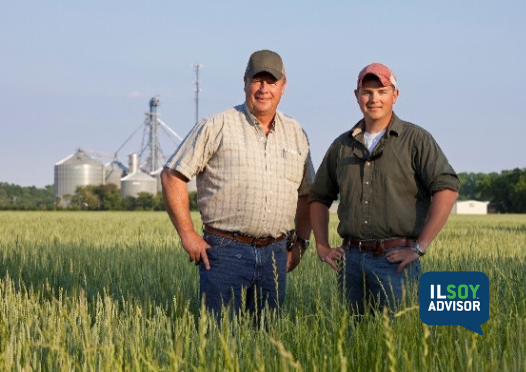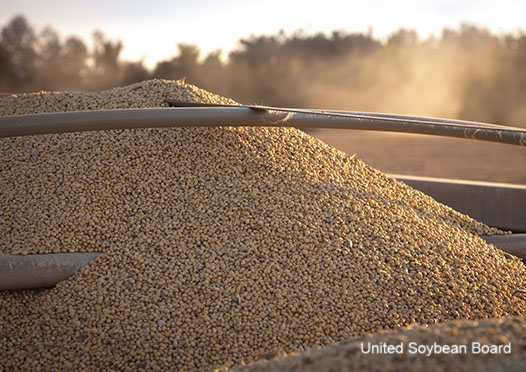ILSOYADVISOR POST
Boots on the Ground: Validation of Benchmarking Process through an Integrated On-Farm Partnership
This article was originally published on the Cool Bean website by Dr. Shawn Conley and team.
Team:
Dr. Shawn P. Conley (Principal Co-Investigator) University of Wisconsin-Madison, Madison, WI
Dr. Patricio Grassini (Principal Co-Investigator) University of Nebraska-Lincoln, Lincoln, NE
OH Laura Lindsey
Ml Maninderpal Singh
IA Scott Nelson
ND Hans Kandel
MN Seth Naeve
NE Keith Glewen
In A Bean Pod:
- The improved management treatment netted soybean producers an average of 5 bu/ac yield increase and $51/ac additional profit
- Growers should consider improving their soybean management by fine tuning planting date, maturity group, seeding rate, and foliar fungicide and insecticide application.
Project Background
Analysis of producer survey data performed during our previous 3-year NCSRP-funded benchmarking project revealed: (1) an average yield gap of 20-30% between current producer yield and potential yield as determined by climate, soil, and genetics, and (2) a number of agronomic practices that, for a given soil-climate context, can be fine-tuned to close the gap and improve soybean producer profit.
Goals
This project is focused on using the producer survey database to identify and strategically evaluate management changes in on-farm research settings across the US NC region. In each state, a suite of specific agronomic practices was identified to have the greatest potential for increasing yield and profit for a given combination of climate and soil (a “technology extrapolation domain [TED]”). Those “improved” practices were tested against the typical practices followed by producers (called ‘reference’ management). This evaluation demonstrated how individual producers can increase on-farm soybean yield, input-use efficiency, and net profit by fine tuning current management practices.
Execution
In 2019, 49 replicated on-farm trials in seven states were initiated to compare an “improved” treatment versus the “reference” producer practices. The “improved’ management was specifically designed for each TED in each state by fine tuning planting date, and usually involves earlier planting, lower seeding rate, insecticide and fungicide application, and, in some cases, fine tuning cultivar maturity group based on previous analysis of the survey data (Table 1).
Table 1. Description of the recommended “improved” management treatment in each state.

* Early planting refers to end of April or early May, always using treated seed, AND early and late (control) plantings should be apart by, at least, 3 weeks.
** Application around R3 stage (beginning of pod setting).
The wet weather of 2019 hampered or prevented the establishment of some of our experiments. Replicated trials were established through each University with the assistance of growers, extension personnel, retailers, and county-based agencies, in collaboration with the on-farm experimentation network in each state. Figure 1 provides the geographical reference of the trials and Table 2 indicates the specific treatments of the various trials in each of the states in 2019. One trial in IA was excluded due to severe flooding that unevenly affected the field where the trial was conducted, not allowing a fair comparison between the “improved” and the “reference” treatments. Hence, a total of 48 trials were successfully conducted during 2019; each trial consisted of a side-by-side comparison of the improved versus reference management.
Read the full article online at coolbean.info or by clicking here.




Comments
Add new comment